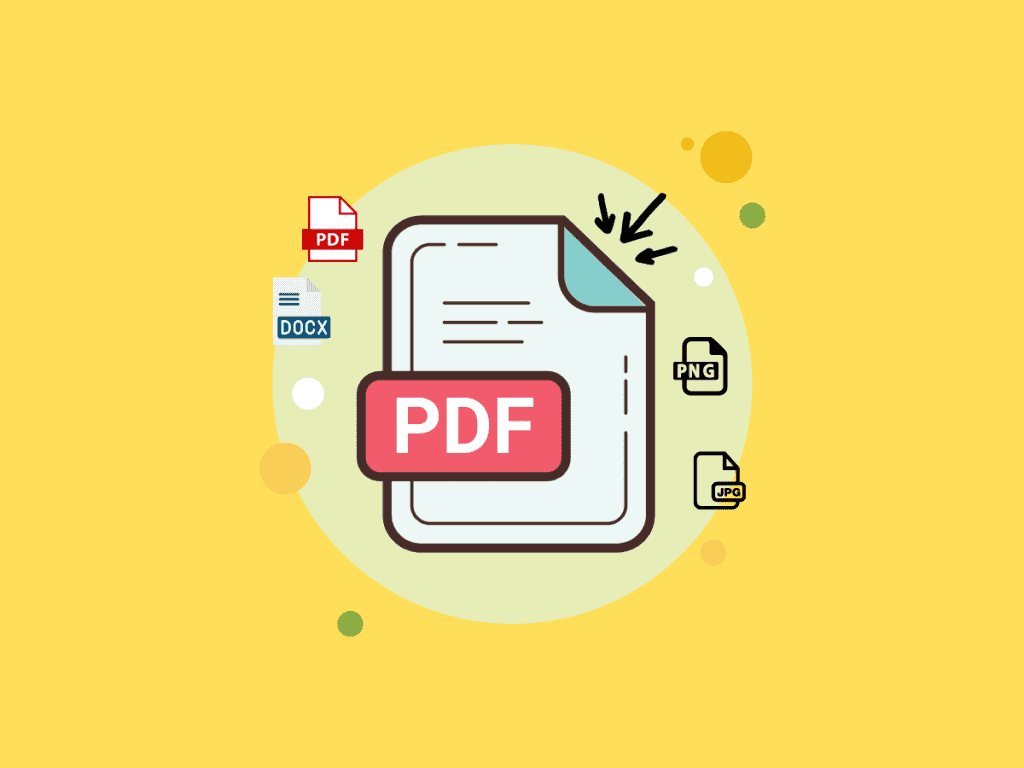Legal Signature Requirements: A Comprehensive Overview
Learn the key legal signature requirements to ensure documents are valid and enforceable. Understand rules for electronic signatures, best practices, and how to sign securely online.

Affixing your signature to a contract indicates that you have read and agreed to the terms and conditions stated. It’s sealing the deal and making the document enforceable. While that is true to a certain extent, other aspects are worth looking into to ensure the papers you sign become legally binding. One of which you have to pay close attention to is the legal signature requirements.
In today’s article, we will walk you through some basic things you need to know about document signing–the do’s and don’ts, the legal signature requirements, and so much more.
What Are the Legal Signature Requirements?
Many people think that all you need to do to make any document legally binding and enforceable is to affix your signature to the paperwork. While that is true, you still need to understand the legal signature requirements to ensure that your document signing goes without a hitch.
Legal electronic signature requirements are not a widely-discussed topic, so it’s completely understandable if you are unfamiliar with them. To help you understand, let’s go through some of the requirements. What constitutes a legal online signature?
You are given free rein to create your signature. No laws state what your signature must or must not contain or what it should look like. However, you need to make sure that your signature is truly unique to you, as affixing it to any document can show you give consent or approval.
Some people use cursive letters for their signatures. While others merely use marks and symbols to authenticate their identity. Others get creative with their signatures. All these are accepted as long as they fit the legal signature requirement.
Like many other things, a person’s signature can change or evolve. If the changes are not very prominent, the legal signature requirement is not much of a problem. You might have to process additional paperwork to prove your identity if you see a noticeable change or difference in your signature.
But what about electronic signatures? Are they legally binding? Do they meet the legal signature requirements? Let’s discuss that in a minute.

Are Electronic Signatures Legally Binding?
In today’s modern times, it’s relatively common for organizations and various sectors to deal with paperwork digitally. In that light, using an electronic or digital signature to sign documents online is also becoming increasingly prevalent. But what are their legal standings? Do electronic signatures hold in court? Are they legally binding and enforceable?
The simple answer is yes. Electronic signatures are legally binding. But just as with traditional wet signatures, they also have their own set of legal signature requirements. In 2000, The Electronic Signatures in Global and National Commerce Act (E-Sign Act) was signed into law, providing a general rule and guidelines for the validity of electronic signatures for transactions.
If you opt to sign documents electronically, it is always best that you also familiarize yourself with the legal signature requirements set by the E-Sign Act. Moreover, for a seamless transaction, use a reliable electronic signature application to simplify the process of signing.
Signature Rules, Guidelines, and Best Practices
You are more likely to sign hundreds of documents in your lifetime from employment contracts, government forms and documents, mortgage applications and agreements, affidavits, and so much more. They might seem like an everyday, common thing for you to do, but it is still crucial that you understand the best practices for signing documents.
Let’s take a look at some of them:
1. Read before signing
One of the cardinal rules to signing documents is to never sign anything without having read the entire content of the paperwork. No matter how long the document is, you must take time to read the clauses, terms, and conditions. If there are parts of it you do not understand, don’t hesitate to ask for clarification. If there are ambiguous statements that are interpreted in many different ways, request a more detailed revision.
2. Understand legal signature requirements
Signing documents using the traditional pen-and-paper method or the more digital approach does not automatically make the paperwork legally binding and enforceable. You must comply with certain legal signature requirements to further validate your approval. We will discuss all these legal signature requirements in a minute.
3. Seek legal advice or assistance
For highly sensitive documents like contracts, you should seek the assistance of professionals in the legal field. They can provide insights and advice on whether you should enter into an agreement with the other party or if the contract still needs revisions. They can also help you understand some legal terms you might not be familiar with. They can also further discuss with you legal signature requirements. Obviously, not everyone can afford a lawyer, but if you have the means to hire one, then go for it.

FAQ About Legal Signature Requirements
Does a signature have to be cursive?
No, no law or rule states a signature has to be written in cursive to be considered valid. Your signature can be written in cursive or print. You can even use symbols if that's what you prefer.
Does a signature have to be your full name?
No, using your full name is common but not mandatory. A signature can be your first name, initials, or even a nickname, as long as it is clear that you intended to sign.
Conveniently Sign Documents with Fill
You are bound to sign hundreds of thousands of documents in your lifetime. At some point, document signing might appear to be a trivial task you should do. But always remember not to take this lightly. Before attaching your signature to any document, always be cautious and aware of what you are signing. Also, keep in mind the legal signature requirements, which can protect you against any unfavorable consequences.
When it comes to signing documents online, Fill is among the trusted secured electronic signature applications in the market today. It is packed with unique and amazing features that will truly transform your document workflow to help you keep up with the demands of digital transformation.
For example, its real-time audit trails and logs will keep you updated with the progress of your paperwork—no more second-guessing whether your signer has received the document or not. You can monitor its progress from when you send the document out until it is signed and completed.
Fill works amazingly well with other business tools and software. Its integrations allow you to maximize the use of your other applications to increase your productivity and efficiency. Moreover, Fill puts the safety and security of your data. It only uses the best and most robust security measures to thwart unauthorized access attempts. Fill is also HIPAA and GLBA compliant.




